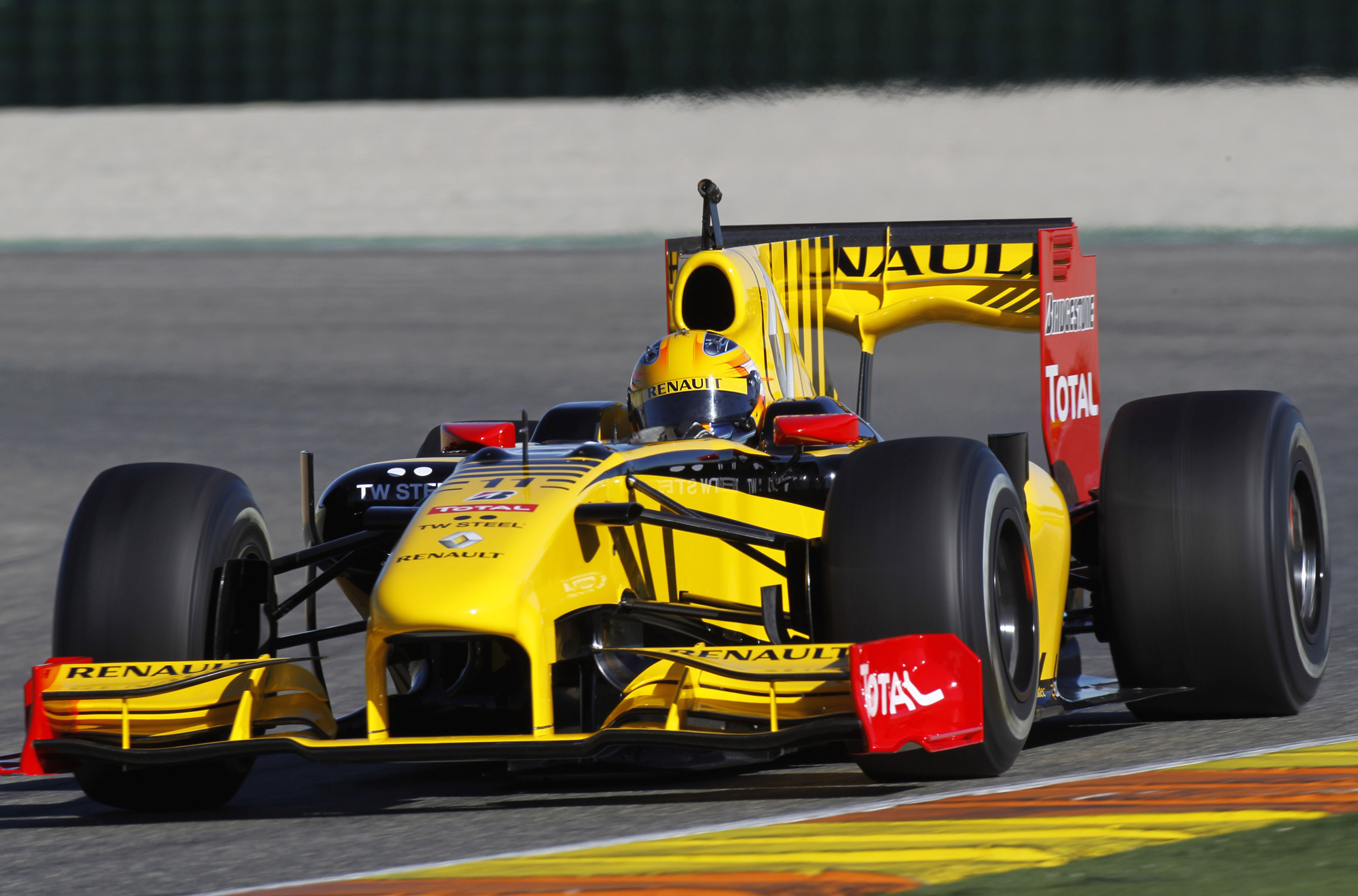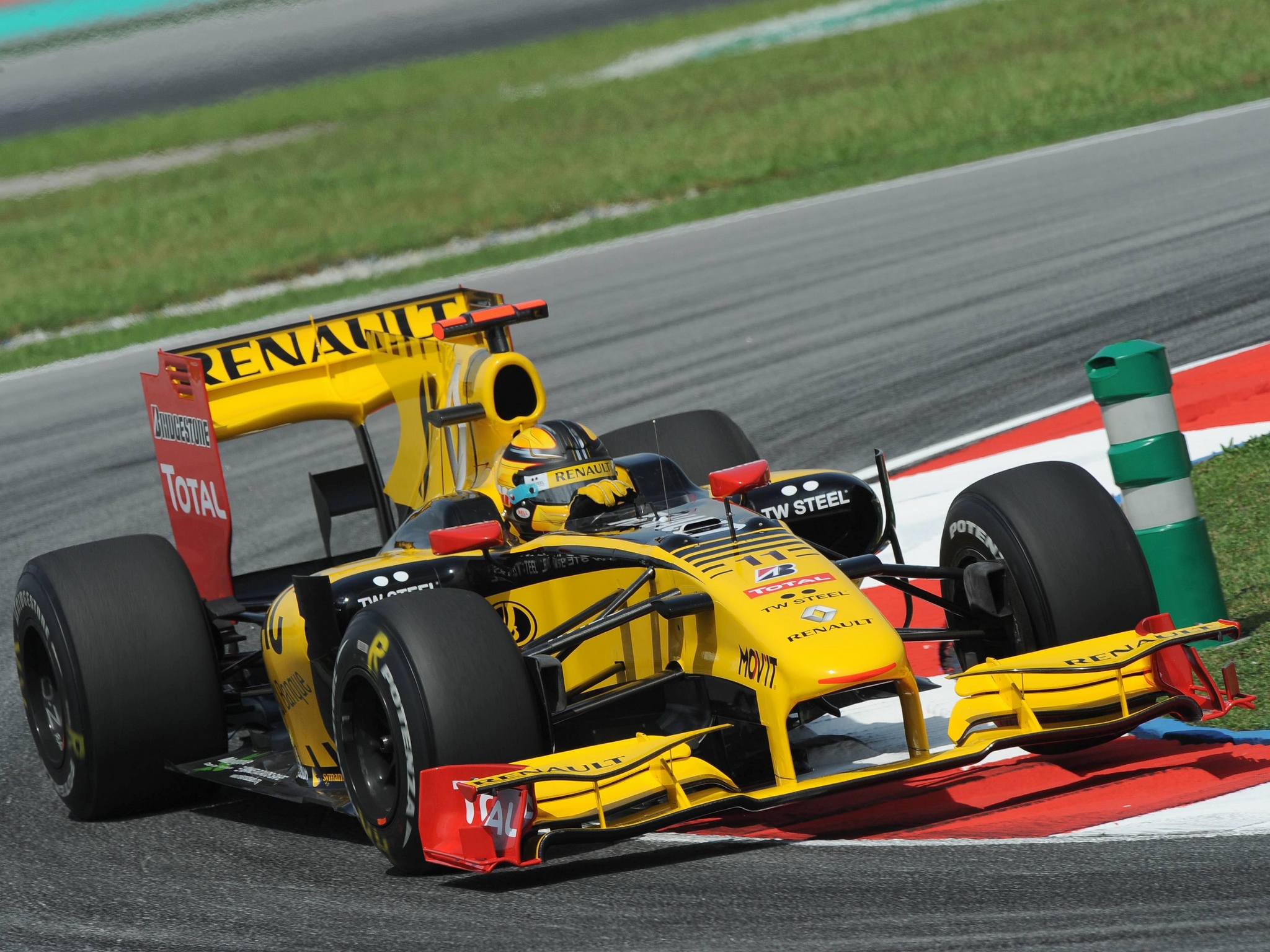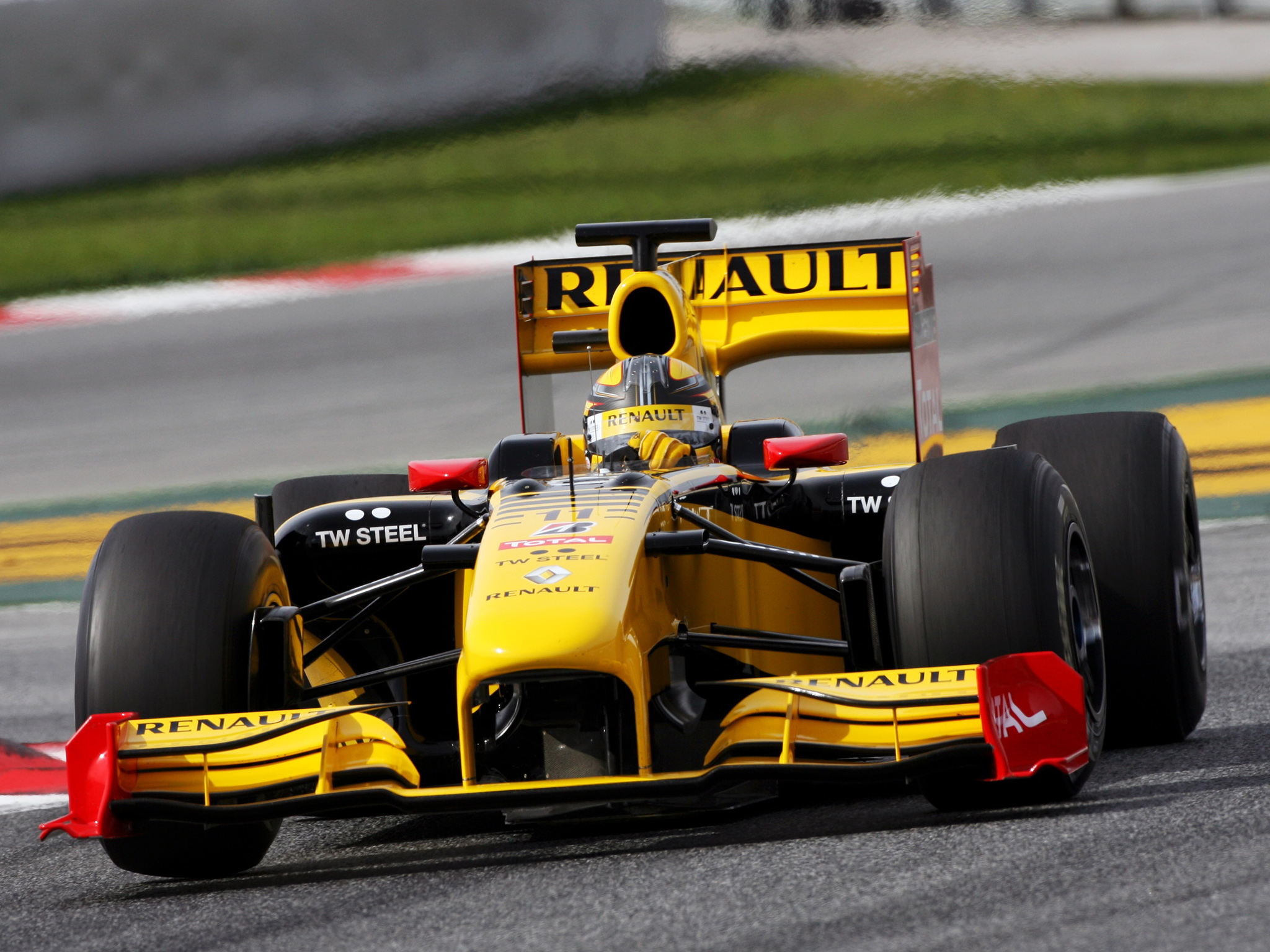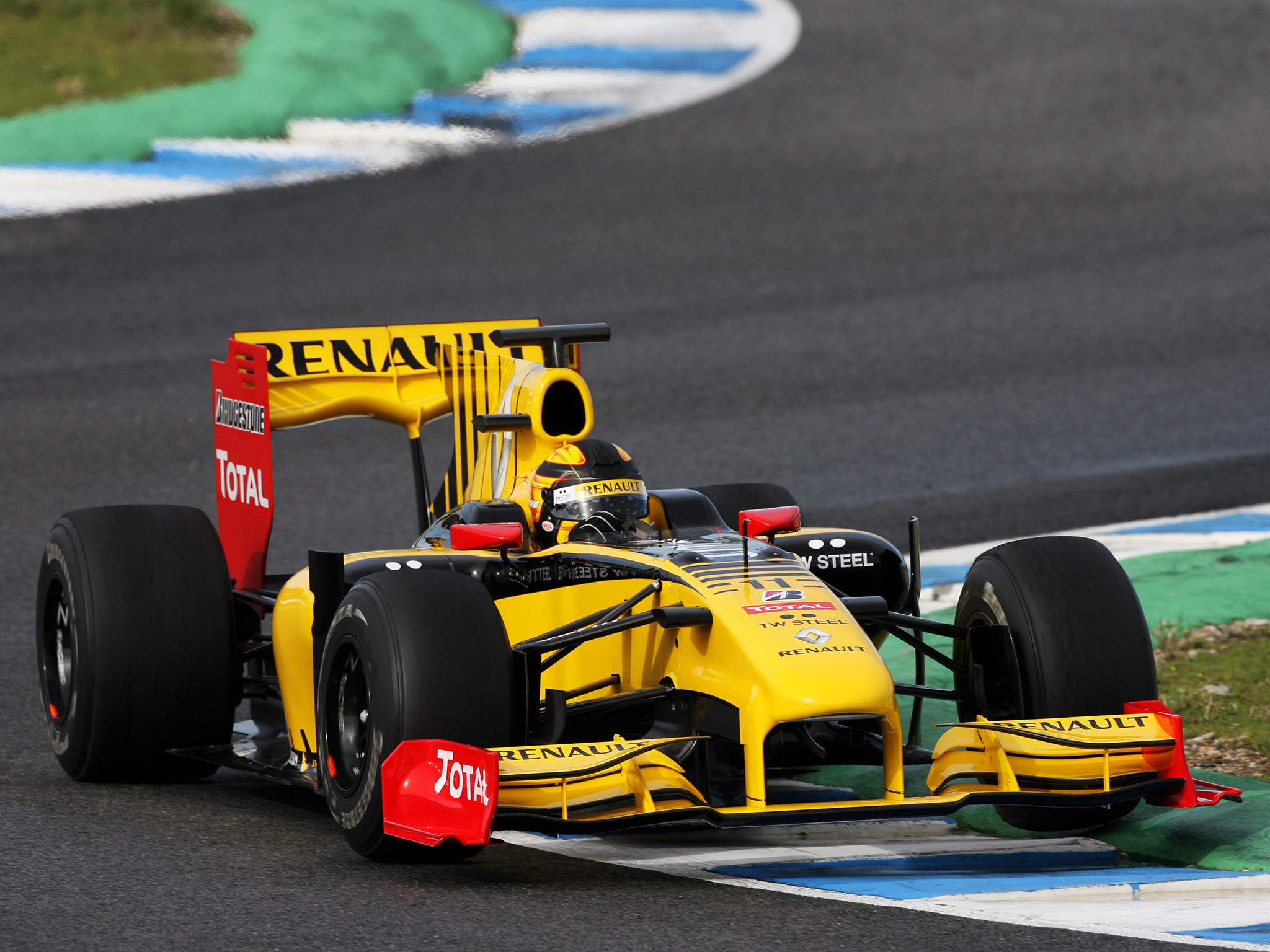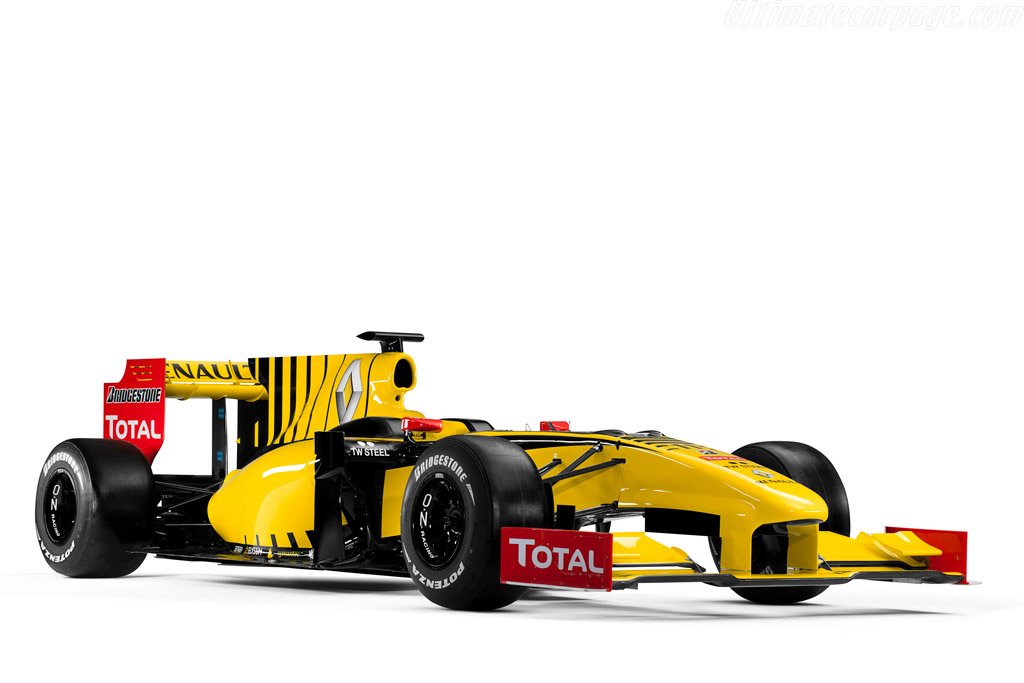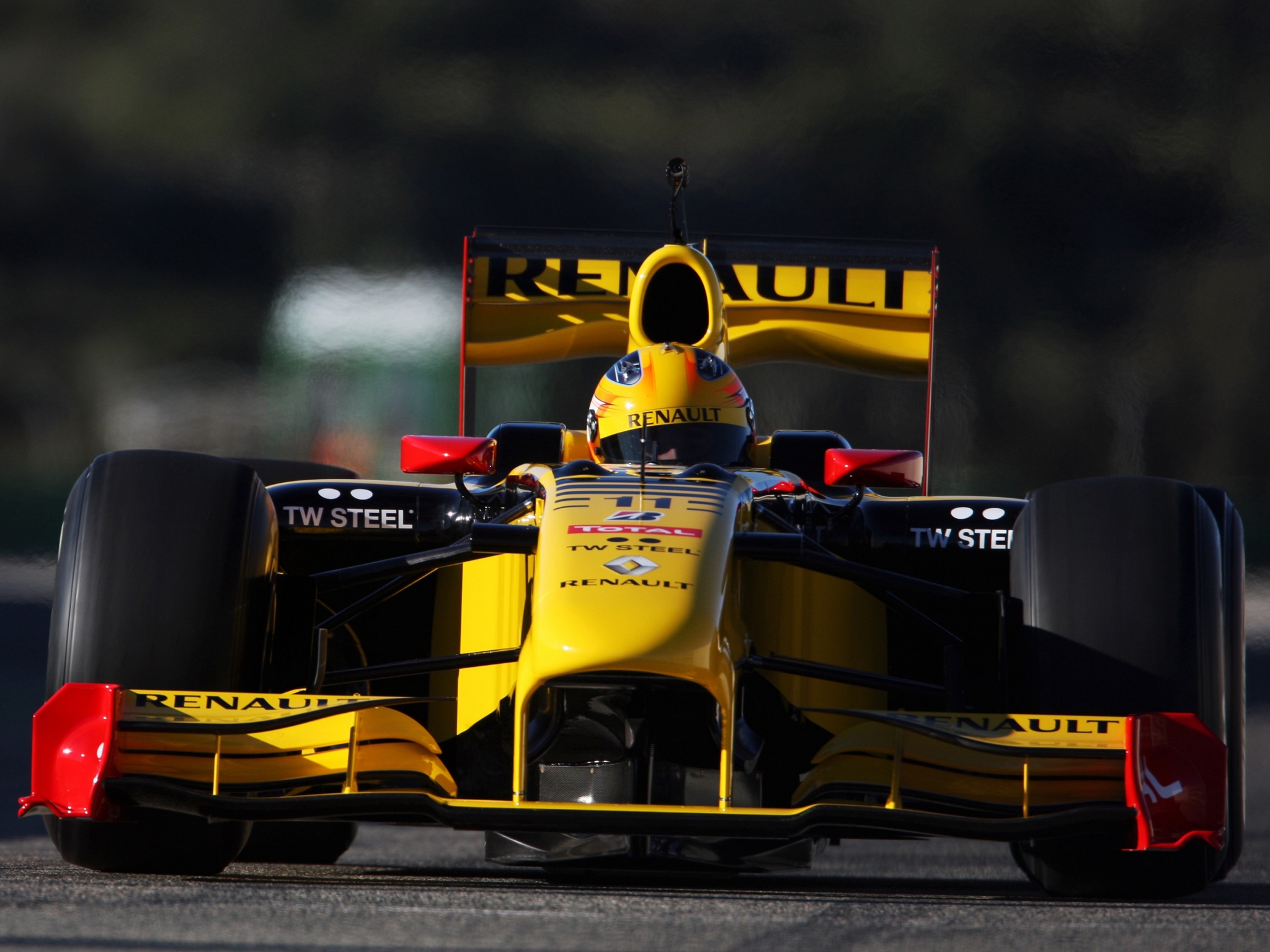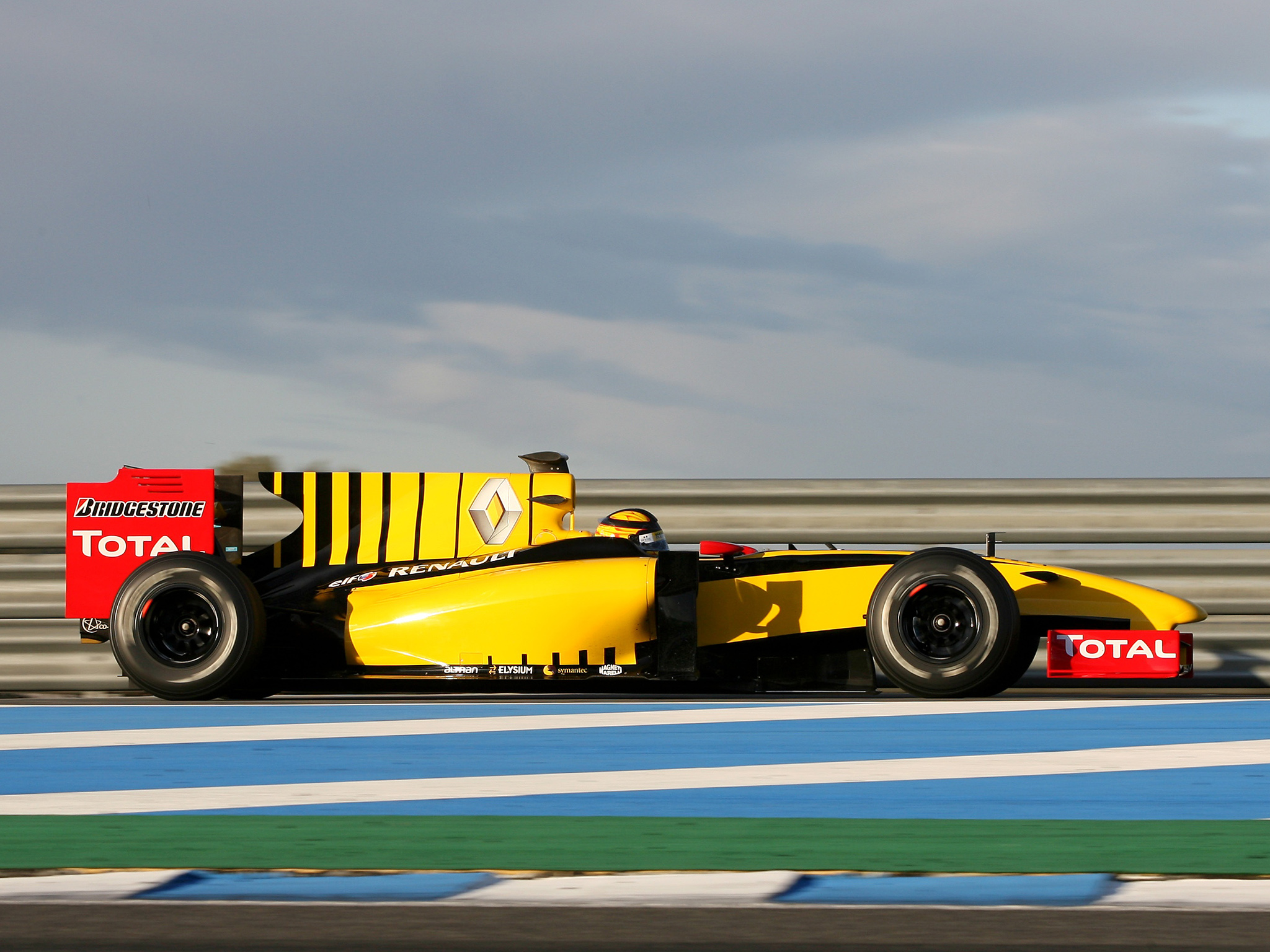The 2010 Renault F1 R30 was the car that the Renault F1 Team used to compete in the 2010 Formula One season. The car was driven by Robert Kubica and Vitaly Petrov, with Bruno Senna as the test and reserve driver. The R30 was the last Renault F1 car to have the Renault name, as the team was renamed as Lotus F1 Team in 2011.

The R30 was powered by a 2.4-litre V8 motor and featured a seven-speed semi-automatic transmission. It was designed by Bob Bell, James Allison and Tim Densham, with Mark Smith leading the aerodynamic design. The car featured a number of innovative features such as an exhaust-blown diffuser, F-duct and the F-duct-activated rear wing.

The R30 was a competitive car and was able to challenge for podiums and race wins. The team was able to finish fourth in the Constructors’ Championship, with Kubica and Petrov finishing fifth and ninth respectively in the Drivers’ Championship. The car scored nine podiums, with Kubica taking two wins at the Canadian Grand Prix and the first-ever win for a Russian driver at the inaugural Abu Dhabi Grand Prix.

The car was also successful in qualifying, with Kubica taking pole position on three occasions and Petrov starting from the front row once. The R30 also set the fastest lap of the season at the German Grand Prix, a 1:30.879 lap time set by Kubica. Unfortunately, the car was unreliable at times, with several mechanical failures and gearbox issues hampering the team’s performance.

Overall, the R30 was a successful car for the Renault F1 Team and was able to challenge for race wins and podiums. The car was powered by a reliable and powerful engine and featured a number of innovative features. However, the car was also let down by some reliability issues that hindered their performance.

The R30 also marked the end of the Renault name in Formula One as the team was rebranded as Lotus F1 Team for the 2011 season. The car was replaced by the R31, which was used by the team to score their first win since the 2008 season.
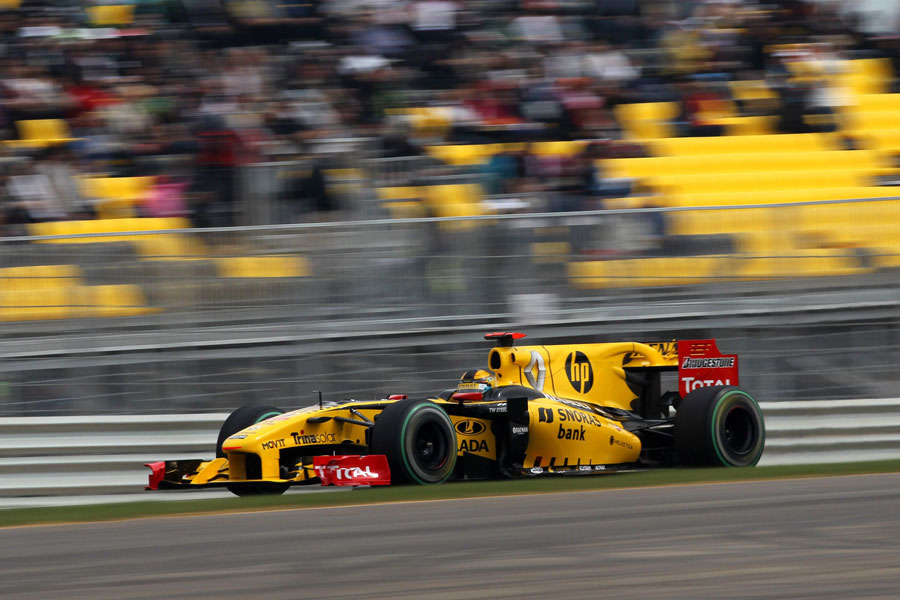
The 2010 Renault F1 R30 was an important car for the team and was able to challenge for race wins and podiums. The car featured a number of innovative features and was powered by a reliable and powerful engine. However, the car was also let down by some reliability issues that hindered their performance.
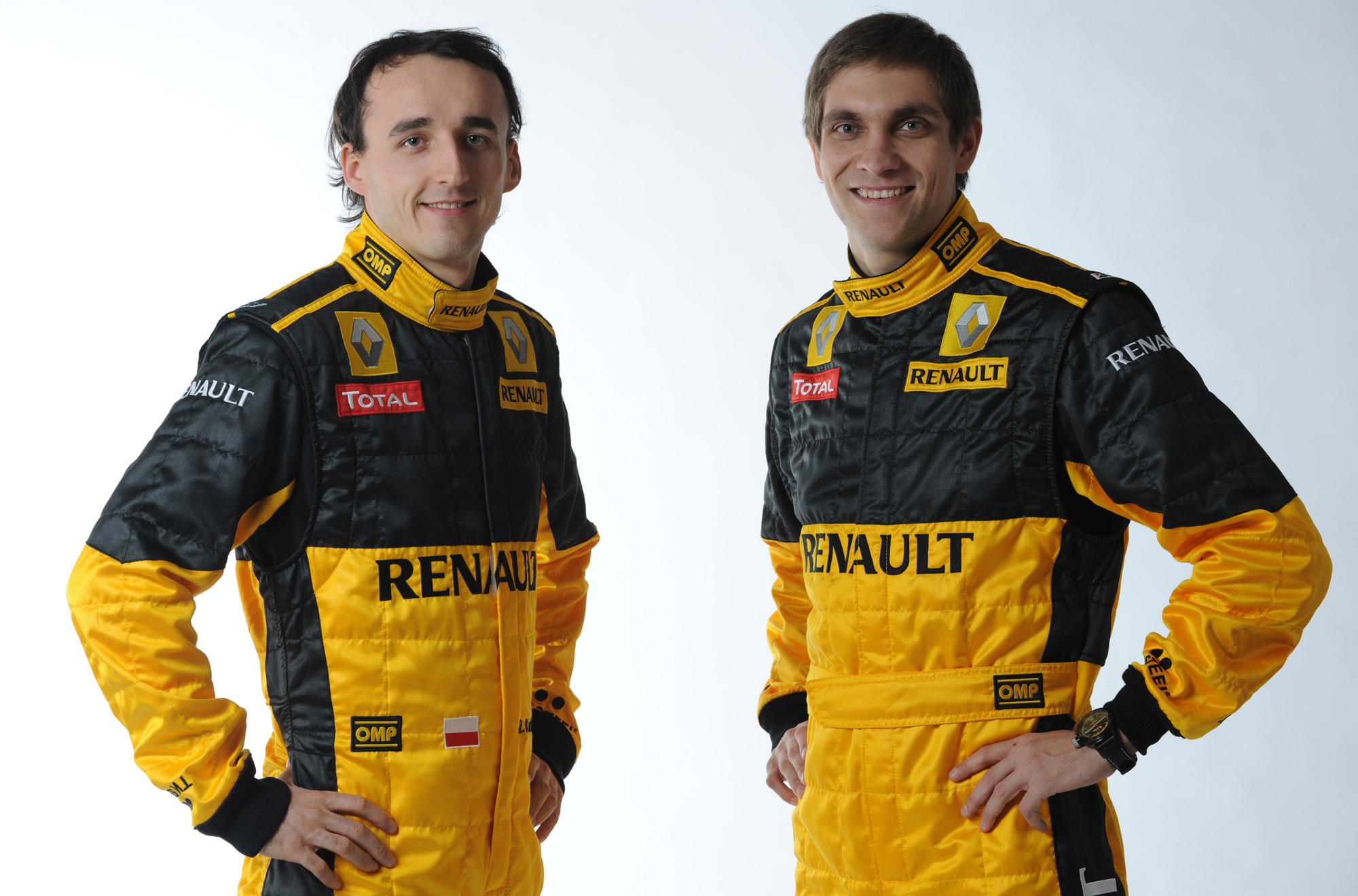
The R30 marked the end of the Renault name in Formula One and was replaced by the R31 for the 2011 season. The R30 was a competitive car and was able to challenge for podiums and race wins. The car scored nine podiums, with Kubica taking two wins at the Canadian Grand Prix and the first-ever win for a Russian driver at the inaugural Abu Dhabi Grand Prix.

The car was also successful in qualifying, with Kubica taking pole position on three occasions and Petrov starting from the front row once. The R30 also set the fastest lap of the season at the German Grand Prix, a 1:30.879 lap time set by Kubica.
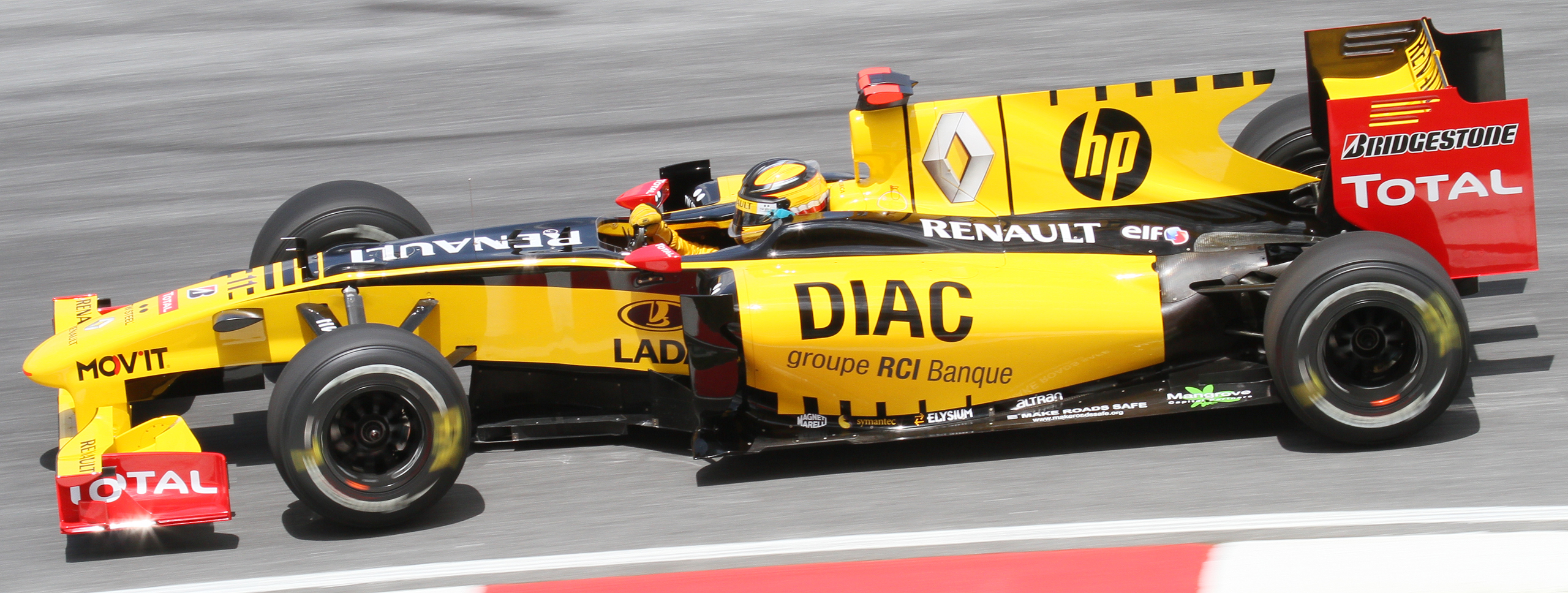
Overall, the 2010 Renault F1 R30 was a successful car for the Renault F1 Team and was able to challenge for race wins and podiums. The car featured a number of innovative features and was powered by a reliable and powerful engine. However, the car was also let down by some reliability issues that hindered their performance.
